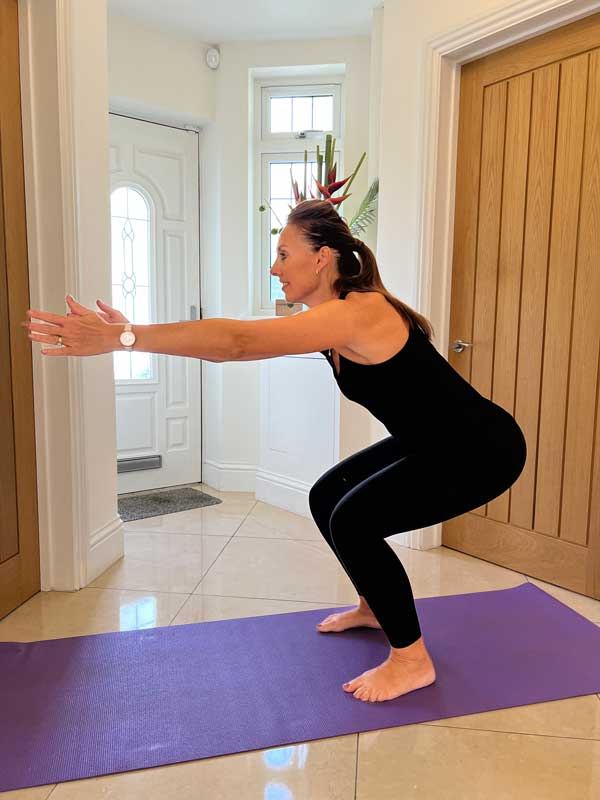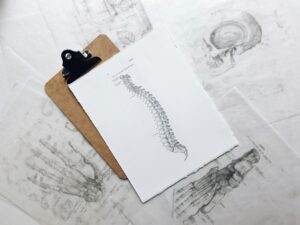What is PGP?
Pelvic Girdle Pain (PGP) is a common condition in pregnancy affecting 1 in 5 women and describes pain in the joints that make up your pelvic girdle – the symphysis pubis joint at the front and/or the sacroiliac joints at the back.
This can occur due to weight changes, looser ligaments and joints, weak pelvic floors, altered gait and posture, putting additional strain on your pelvis.
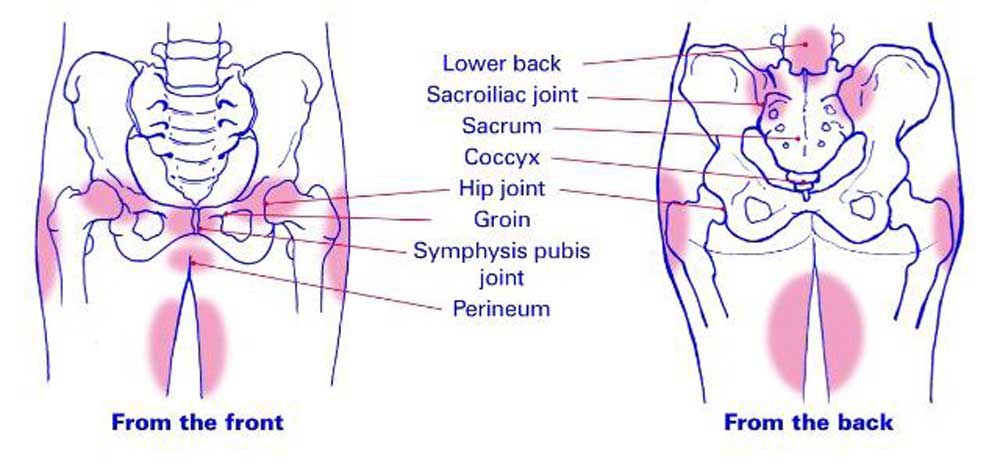
If you have this condition, you may feel pain around your inner thighs, your pubic bone, your lower back, deep in your bum muscles, outer hips and back of your thighs, as shown in the shaded areas in the above diagram. Typically, women present with:
- Difficulty walking
- Pain when standing on one leg – climbing stairs, dressing, getting in/out of the bath
- Pain moving your legs apart – getting in and out of the car
- Pain turning over in bed and lying on either side
- Pain during sexual intercourse
To minimise your discomfort, here are a few Do’s and Don’ts if you suffer from PGP.
During pregnancy Do:
- Be as active as possible within your pain limits
- Sit down to get dressed and undressed to avoid standing on one leg
- Swivel, keeping your knees together, when getting in/out of the car
- Place a pillow between your knees and ankles when lying on your side at night
- Take the stairs one at a time – lead with your less painful leg going upstairs and your more painful leg going downstairs
- Consider alternative positions during sexual intercourse – lying on your side or kneeling on all fours
During pregnancy Don’t:
- Stand on one leg
- Cross your legs when sitting
- Sit twisted
- Sit or stand for long periods
- Bend or twist to lift
- Carry a toddler or baby on one hip
- Lift heavy items (shopping bags, wet washing, vacuum cleaners, toddlers)
- Push heavy objects like supermarket trolleys
- Carry anything in only one hand
You may find these exercises useful to retrain and strengthen your core, glutes, pelvic floor muscles.
Pelvic Floor Squeezes
- Sit on a comfortable firm chair with your feet on the floor
- Close and draw up the muscles around the back passage (as if you are trying to stop passing wind). Do not squeeze your bum muscles.
- Now close and draw up the muscles around your vagina (as if you are trying to stop your urine flow).
- Aim to hold for up to 10 seconds, then release; repeat 10 times
- Practice 5 times a day
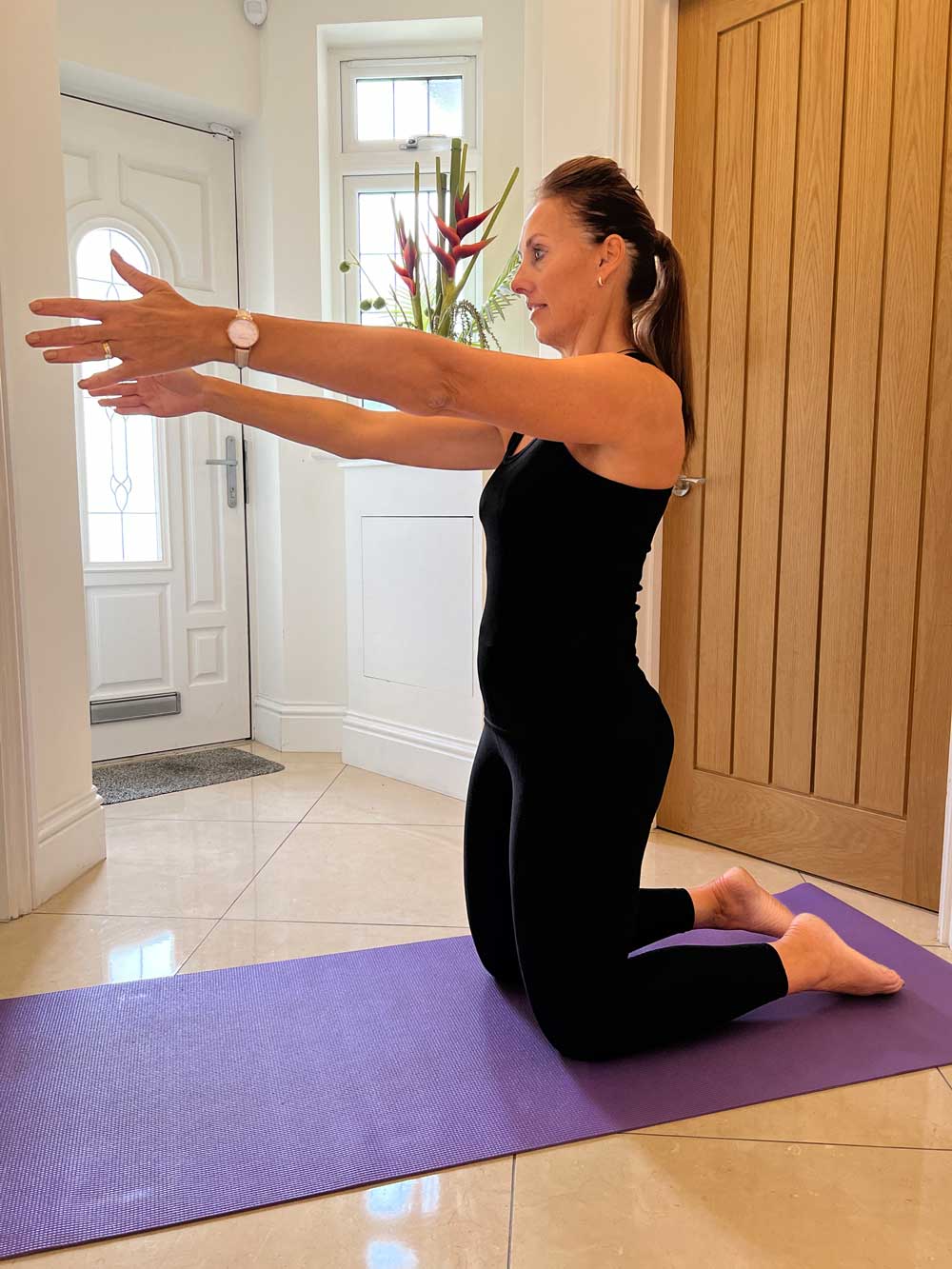
Pelvic Tilts
This exercise helps to loosen up tight muscles in your back and relieve pain in your pelvis.
- Sit up tall on a chair or gym ball with good posture
- Engage your pelvic floor muscles
- Tilt your pelvis forwards, arching your lower back
- Tilt your pelvis backwards, rolling back onto your tailbone
- Repeat rocking backwards and forwards ten times
- Also transfer your weight from side to side and circle your pelvis in each direction
- Practice 3-4 times a day
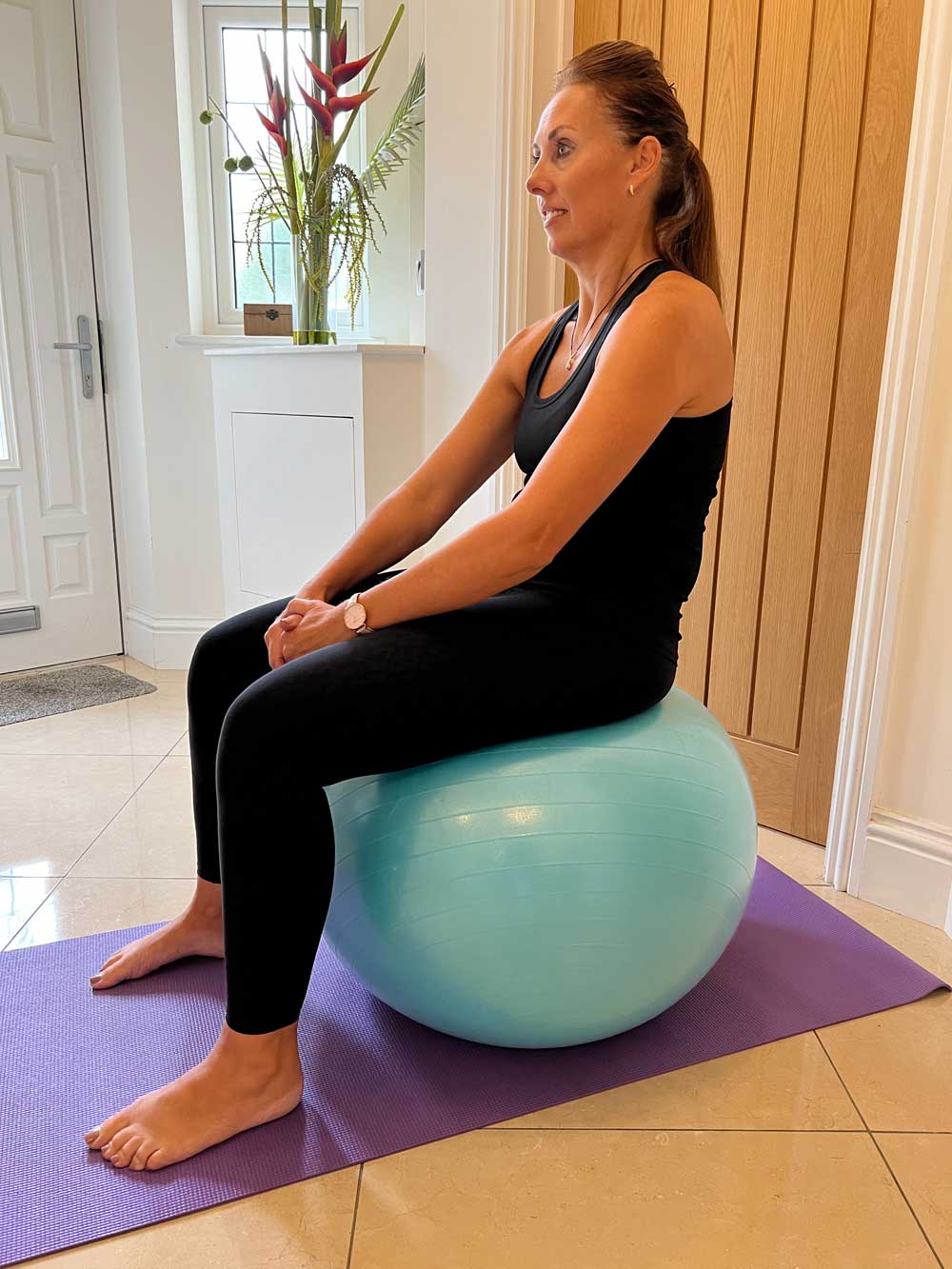
Glut Strengthening
Having strong glute muscles helps to take the pressure off the pelvis
Kneel and Squeeze
- Start in a kneeling position with knees slightly apart, arms loose by your side
- Lean slightly forwards and as you lift to come up, squeeze your bum and thigh muscles
- Aim for 3 sets of 10 per day
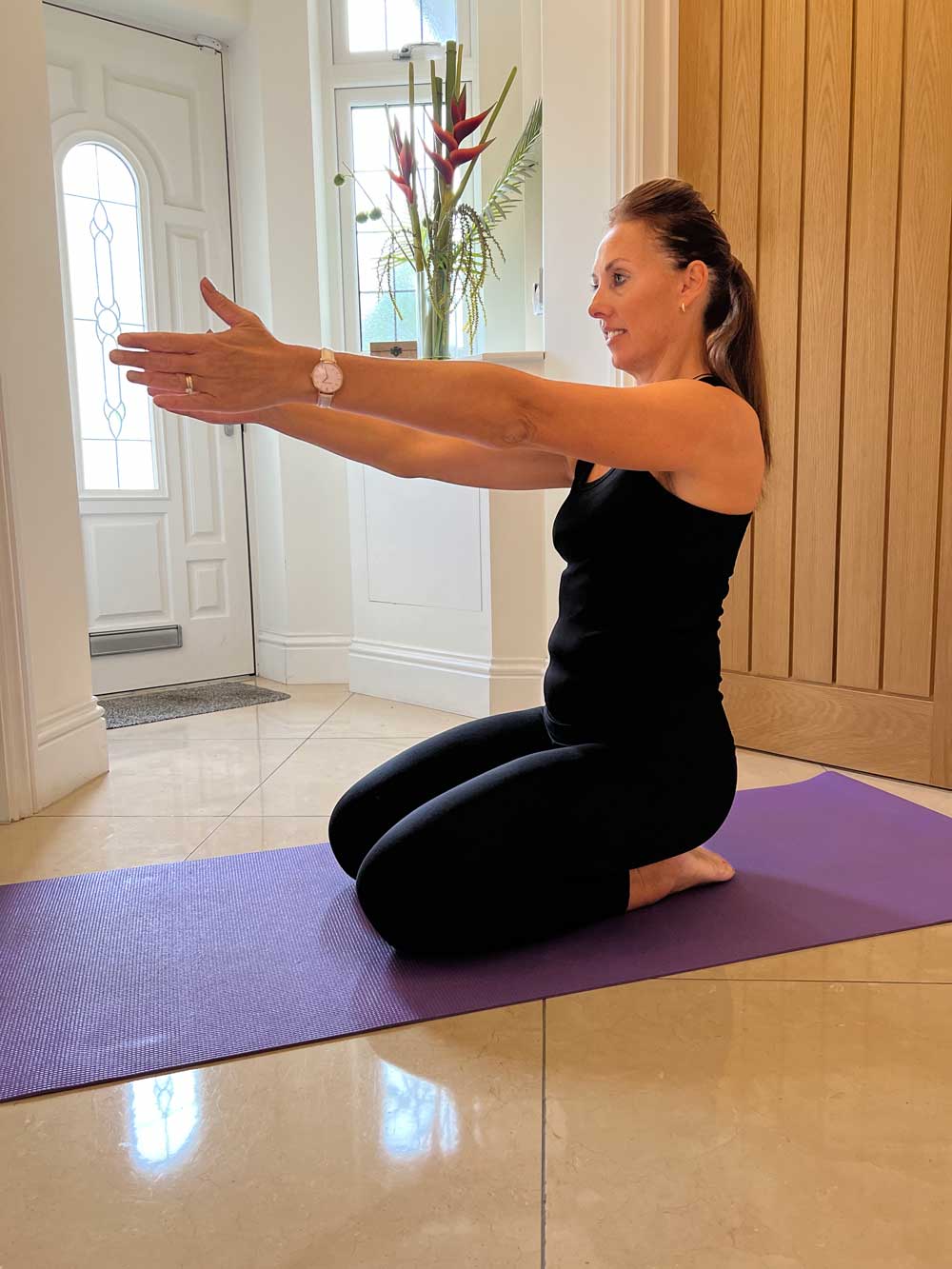
Deep Squats
- Start with your feet further than hip distance apart so there’s room for your pelvis and bump and feet turned out at 2 o’clock
- Tuck your tailbone under, engage your pelvic floors, and sit back through your heels as far as you can go; don’t let your knees come past your toes
- As you come back into standing, push through your feet and squeeze your bum muscles
- Aim for 3 sets of 10 per day
Supermans
- Start on all fours, with hands slightly forward from the shoulders
- Lift one leg and straighten behind you to hip height and parallel with your back keeping your back still, and return to start position
- Lift other leg to hip height
- Repeat up to 10 times on each leg
- To progress, lift one leg up and stretch the opposite arm forwards; repeat on the other side
- Aim for 2-3 sets of 10 per day
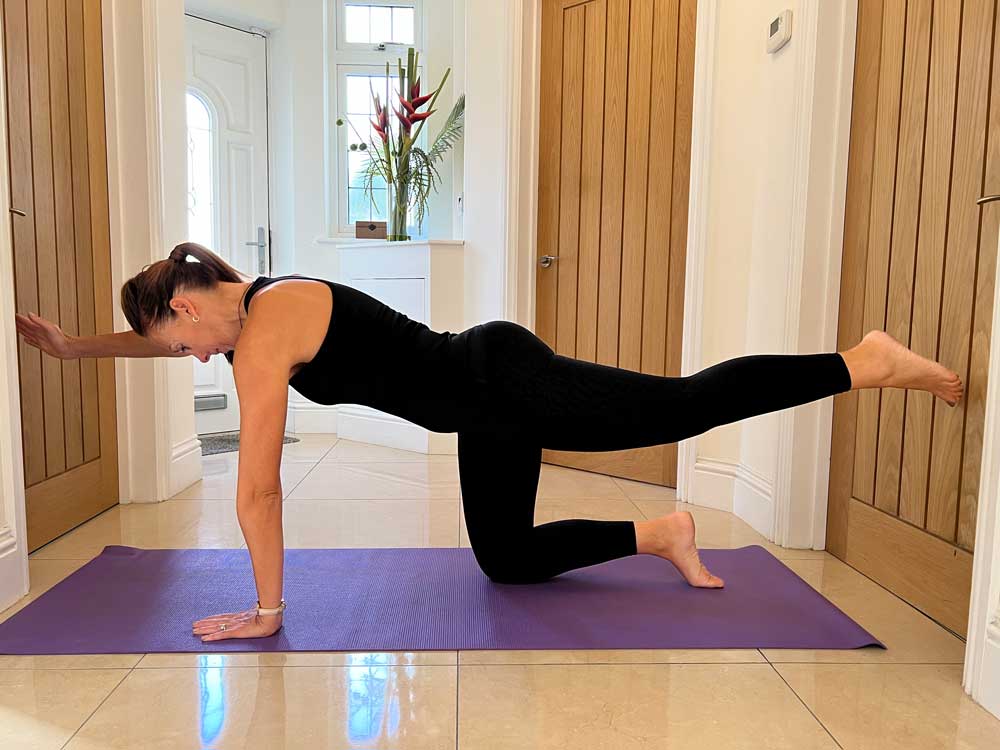
Back Stretches
Stretching your back can help your pelvic joints move and relieve pain from pressure on your pelvis.
Forward Lean Stretch In Standing
In standing, bend through your hips with your arms outstretched and supported on a table, so that your back is parallel to the floor
Slowly lean backward so you feel a stretch in your back and thighs
Hold for 10 seconds, then return to standing
Repeat this 3 times
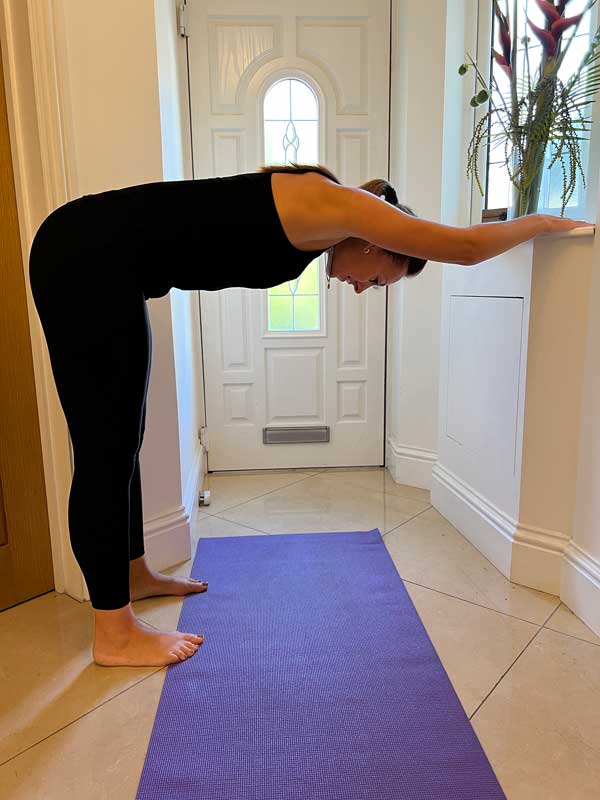
Child’s Pose Stretch
Kneel on the floor
Sit your bottom onto your heels
Widen your knees to allow space for your bump
Keep your bum on your heels and stretch your hands forward as far as is comfortable
Hold for 20 seconds
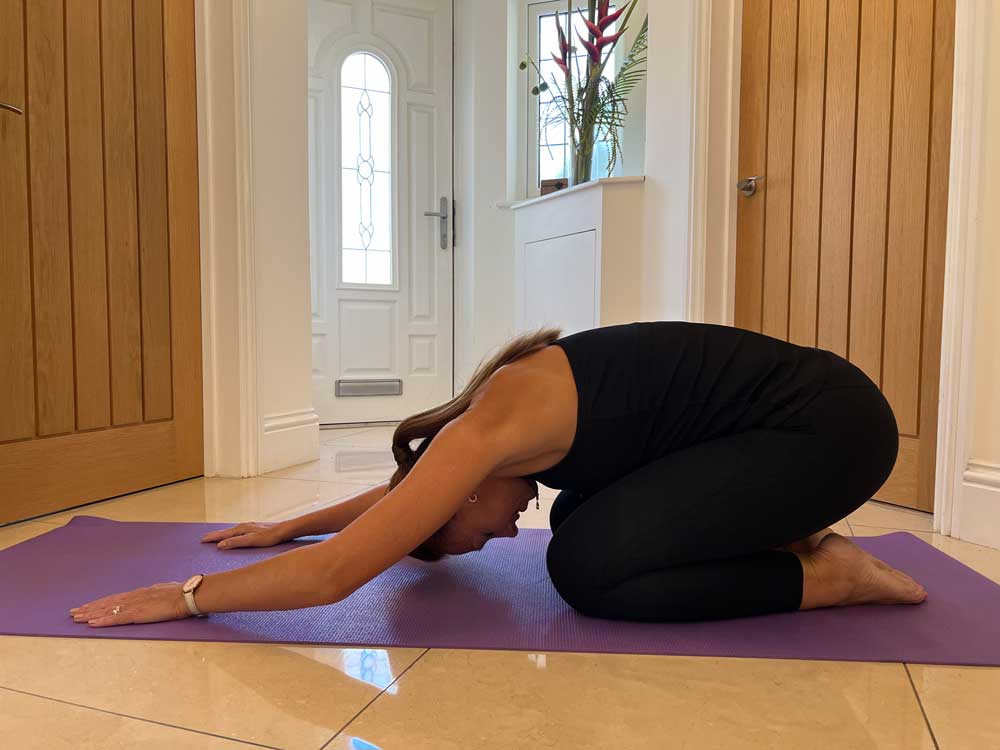
Butterfly Stretch
This simple exercise opens up your pelvis and strengthens your pelvic floor muscles
- Sit on the floor, bend your knees and join the soles of your feet together bringing them close to your groin
- Hold your feet and gently press your knees towards the floor
- Bring your knees together
- Repeat up to 10 times
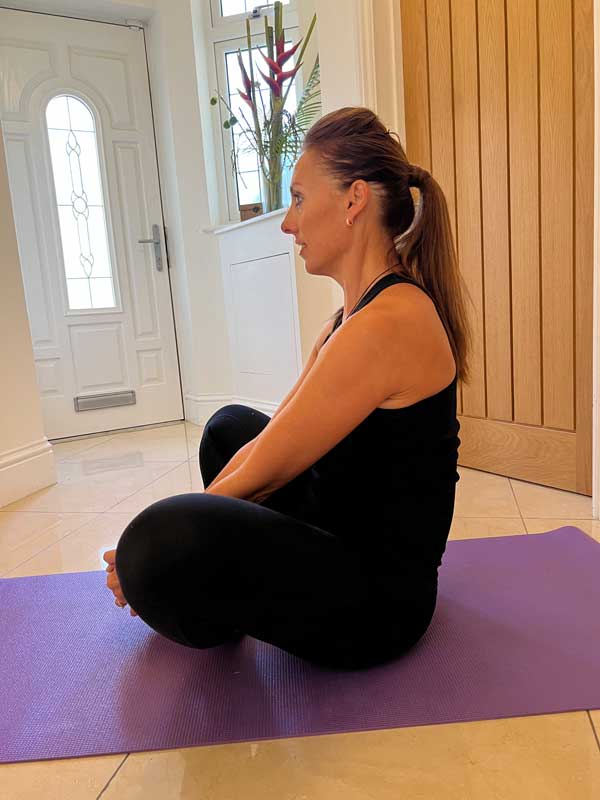
Hip Flexor Stretch
Often hip flexors become tight and overactive during pregnancy due to an arched posture in your lower back, particularly as you advance through your pregnancy
- Lie on your side with a pillow between your underneath arm and head and your legs stacked on top of you
- Reach down for your top leg at the heel
- Bend your knee behind aiming to get your heel touching your bum; you should feel a nice stretch at the front of your thigh
- Hold for 20 seconds and repeat on the other side
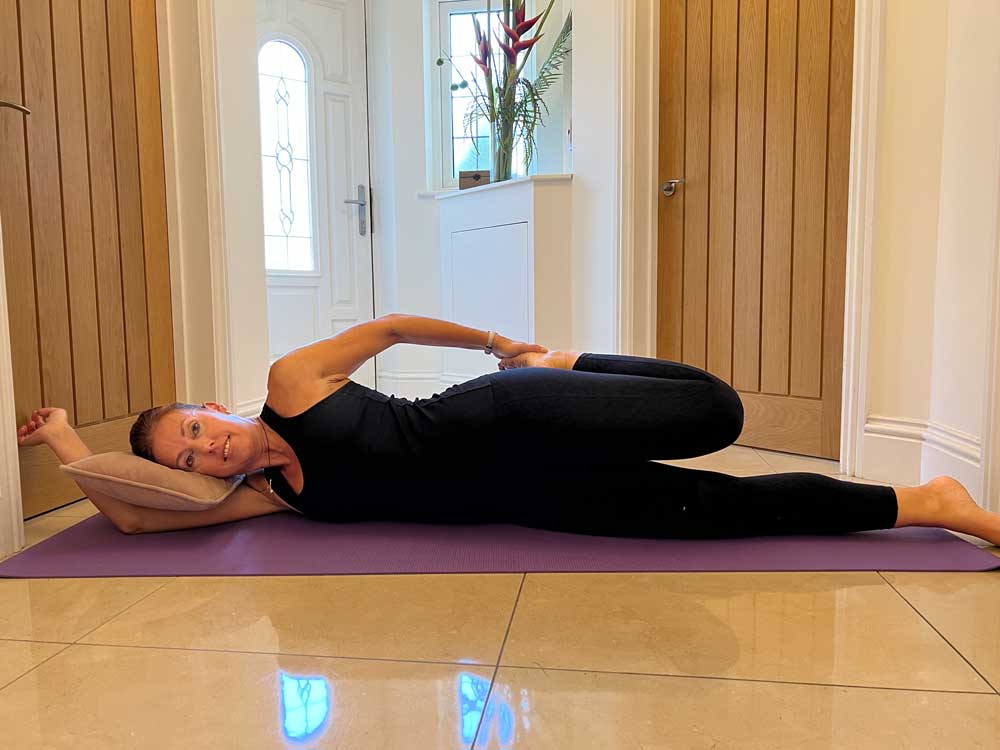
I hope that this blog has provided you with further information about how to manage pelvic girdle pain. Early treatment intervention with Physiotherapy is the key to enable you to enjoy a healthy, pain-free pregnancy. If managed well, in some cases the symptoms will go completely. However, in a small percentage of women, PGP may persist longer after birth, particularly if left untreated.
If you have found this article useful but are still unsure how to manage your pain/injury effectively, please contact ‘Marie Daniels Physiotherapy’ for further advice on 07920112209 or e-mail mariedanielsphysio.com

